
Editor's Note: This post is the first in a weekly series we're calling the Promised Land Post where author David G. Woolley sheds his bloggish sensibilities and delves into the research and inspiration behind the characters and story lines of his Book of Mormon Promised Land Historical Fiction Series. Come back midweek every week and enjoy another installment of The Promised Land.
This is the shoreline view of Wadi Tayib al-Isam. In the shadows there's a river running out the mouth of the canyon with towering rock walls rising two thousand feet on either side of the river banks. Low-lying fog inundates the canyon entrance most mornings and the surrounding cliffs often appear to be floating on clouds. On foggy mornings or after dark the only way to negotiate your way to the upper valley is by hand, feeling your way along two miles of canyon walls.
The coastal waters are a good source of salt water fish, but venture too far in the shallow waters and the sea floor plummets down toward the Indian tectonic plate fault nearly 2000 feet below the surface. If you don't know how to swim, stay ashore.
The river is the end result of 100 square miles of under ground water pushing to the surface from what geologist call an aquifer. Anywhere else along the Hijaz Range the yearly rain water collected in these Arabian mountains would have seeped underground into the Gulf waters through permeable sandstone. Only in one location along the hundreds of miles of this split range stands an impermeable granite formation that locks the water table inland. The only outlet for the water to reach the Gulf is Wadi Tyyib al-Ism and her twelve above ground springs.
When the United States Geologic Survey teamed up with the Kingdom of Saudi Arabia in the late 80's and ran a satellite recognizance for above-ground water sources, they concluded there were no continually running year-round rivers in the entire nation. They were wrong. The satellites were unable to detect this stream.

The head waters are located about two miles upriver in an open valley where twelve date-palm laden springs converge to form a stream immediately before it enters the deep recesses of the canyon. After discovery in 1996, the government began pumping water from the underground aquifer to supply the needs of inland cities and the depleted flow is relatively low compared to the more robust level throughout its history. Geologists indicate that an earthquake around 2000 B.C. split the mountain range and permitted this river to flow into the Gulf of Aqaba.
Could this be the location of Lehi's Valley of Lemuel? Most scholars say yes. At about 75 miles down the east coast it fits the Book of Mormon distance requirements. If you're traveling by camel, that's a three-day journey (1 Nephi 2: 5-6). The river runs year round. Its off the main trade routes of Lehi's day and there's some interesting archaeological evidence detailing habitation in the upper valley around 600 B.C.
Dreams are the place our mind goes when everything else shuts down to recharge. We think we're taking a nap, but our mind continues working, solving problems, gathering information from our environment or sifting through seemingly unconnected facts to produce revolutionary ideas. The influence of the spirit sometimes helps in the process, encouraging recall and connecting unrelated ideas. Its a process of uncovering ideas, facts, figures and experiences we were unaware were catalogued deep in the recesses of our minds. We call it revelation. Lehi called it a dream of the Tree of Life.
Is it possible that the Valley of Lemuel influenced some of the descriptions found in Lehi's dream? The parallels are striking. Were the coastal early morning fogs the mists of darkness Lehi described? Remember the large and spacious building. Could the summit of these mountains half-hidden in the fog have been the inspiration behind the building's levitation? Lehi may have been fearful of the watery abyss whenever a member of the family went fishing in the coastal waters. That fear is played out rather profoundly in Lehi's description of his dream. And what of those feeling their way through mists of darkness? That's how you negotiate the canyon after dark or in a dense fog. The essence of Lehi's Dream is the story of a traveler beset by detouring forces but who endures long enough to reach an eternal reward--the fruits of the Tree of Life. At the headwaters in the upper valley are groves of healthy date palms laden with golden fruit much like the fruit of the tree of life. The parallels between Lehi's physical setting and his dream are found at every turn.

The discovery of ancient places is heady stuff. Possibly too invigorating for some with the passions of an explorer. In the novel Place of Refuge, the third book in the Promised Land Series, I draw on Tree of Life parallels to authenticate a historical fiction that climaxes in the Valley of Lemuel. To find a river in what was thought to be an arid desert region barren of water precisely where the Book of Mormon indicates it should be located conjures up visions of a treasure map recorded in antiquity and left to the discovery of modern hunters. It is, as one reader wrote, "A rip-roaring adventure." Its also likely not what Lehi intended for his readers.
Treasure maps are not written by prophets. X doesn't mark the quiet personal fruits of the spirit. A glimpse of the physical setting which may have inspired Lehi's ancient vision should not transform the Tree of Life into a tale of great explorations. Not even this glimpse.
Unless, of course, you're exploring your heart.
__________________________
Join author David G. Woolley at his Promised Land Website. He is also a weekly contributor to the Latter Day Authors blog and he writes commentary and opinion at the Utah Ranger's Far Post blog

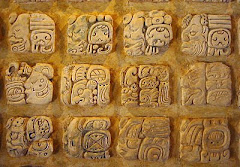
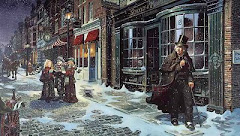



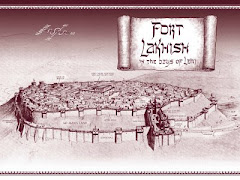



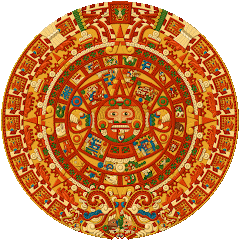
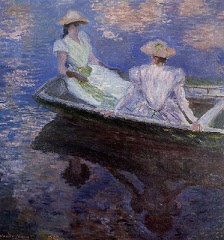


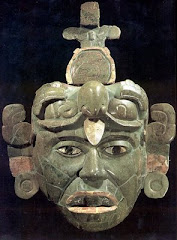



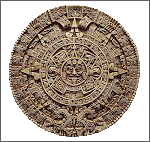

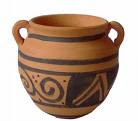
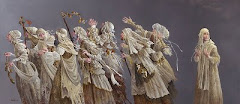
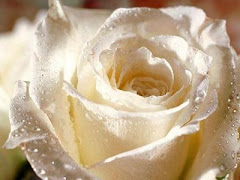



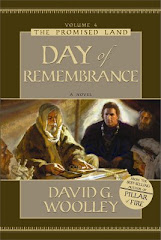



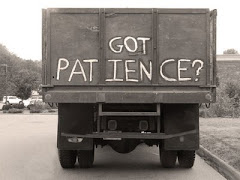
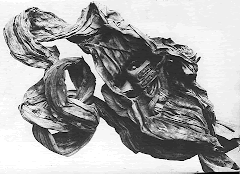





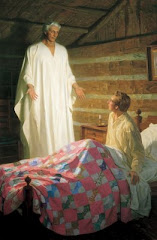
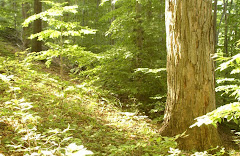

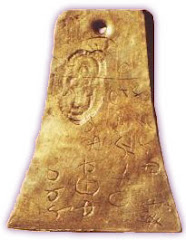


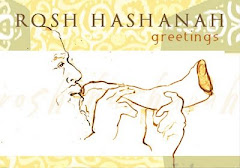




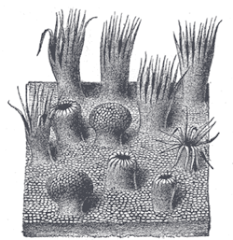
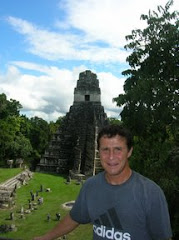


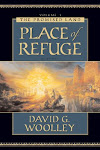
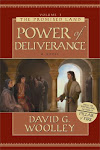

9 comments:
Brilliant! I love these ideas (and the pictures!) that add a new dimension to the Book of Mormon stories that are so familiar. Bring on more mid-week postings -- as long as all this fun blogging isn't delaying progress on Book 5 in any way ... :)
No fair Francie! You posted your comments before I finished editing this post. Go back and read it again. There are two new paragraphs. One about underground aquifers which I'm sure will change your life if not brighten your entire day. And another about Lehi's Dream.
And while you're re-reading, tell some of your friends about this blog. I need to increase readership so that my editors don't tell me to stop wasting my time for the five people who do read and get busy on volume five...
Thanks for reading. And, for commenting now and again. I like putting a familiar face with the lurkers out there.
David G. Woolley
I like this version even better than the first one. This research is one thing that I really love about your books. I love being able to turn to the chapter notes to help me understand the places and events in even greater detail.
I also like the way these details help me gain greater insights as I read the scriptures. There are things that beging to become a bit more clearer for me as I better understand topography or customs and such. I really appreciate the time you take to help us, your reader, understand.
Re-read as directed. I'm nothing if not obedient ...
And Sandra, you said all the things I was thinking -- only you said it so much better than I did. That's probably why so many of us are just lurking, Dave, we non-writers are just a little bit intimidated by all these talented writers you associate with!
Interesting----have you been there? I guess I could be reader number #6.....I still enjoy your writing
Hi Grandma:
Exactly what do you mean by reader #6 other than there are a total of six readers who represent the width and breadth of our total readership at the Top of the Morning. If we were a newspaper we'd be out of business. Isn't the internet great. No overhead.
Thanks for joining us.
And just in case you were wondering, no one is allowed along the coast near Wadi Tayyib al-ism. It's a restricted naval area since across the gulf is Isreali territory on the Sinai Peninsula. However, I happen to have connections with the Saudi Prince who is in charge of that area of the Kingdom. Would you like to go over for a visit some day? I can get you a visa.
All the best,
David G. Woolley
Oh my gosh. I feel rather breathless. Absolutely fascinating stuff here -- written brilliantly and beautifully, as always.
I have ideas to multiply your readership by hundreds or so. I'll e-mail you. This is too good not to share.
On the other hand, I AM with your editors. How about this: don't quit blogging, but quit reading other blogs, give up that silly bouncy-ball thing, and GET TO WORK ON BOOK 5!
Kerry:
As long as you read this blog, we don't need anyone else. But it would be a nice excuse for my editors to show it was time well-spent. If they can't make money off it, those folks are a hard lot to sway. Numbers mean something to them. I'm not exactly sure what they mean, but it pacifies them. But then, you already knew all that.
David G. Woolley
That was a great read!!! Now you just add in my analogy of the fog and the white line on the side of the road and you have a perfect post. Love it!
Post a Comment